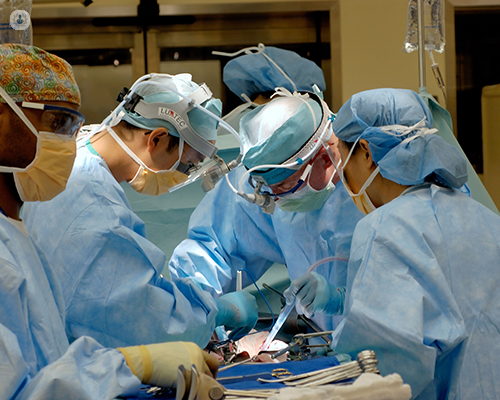Electrolipolysis
What is electrolipolysis?
Electrolipolysis is a safe and painless treatment used to combat cellulite. It is especially recommended for those ‘rebellious’ areas of the body or for people who find it difficult to get rid of localised fat. It is a non-invasive technique that acts on the tissue, so no anaesthetic is required.

Why is it performed?
This treatment is performed for people who have localised fat that is difficult to remove, and for getting rid of cellulite. It is not recommended for cases of obesity or for people who are overweight, since it only smooths out the appearance of the skin in areas that do not respond to conventional diet and exercise plans. Cases of obesity will require more radical treatments.
What does it involve?
Electrolipolysis involves the application of controlled electrical microcurrents that help drain the areas where fat tends to accumulate, usually on the thighs, buttocks, hips, and lower abdomen. This is especially the case in women, who have more adipose tissue and their hormonal metabolism also increases the number of fat cells.
Electrolipolysis stimulates the circulation in these areas, thereby increasing blood flow which helps shift stagnant fat deposits, which are then eliminated from the body in the urine. The microcurrents also promote the production of the hormones involved in the elimination of toxins, thus facilitating the process, especially if accompanied by a healthy diet, exercise, and a high fluid intake.
During the electrolipolysis treatment, the currents are introduced into the body through micro-needles inserted into the affected area. Although this may initially cause some slight discomfort, the procedure is generally painless and does not require anaesthetic. The intensity level of the microcurrent is gradually increased, whilst ensuring minimal discomfort. The treatment will be completely personalised based on the individual’s needs, and the current is intensified only if necessary.
The procedure usually lasts around an hour and the number of sessions required will depend on the age of the person, the type of cellulite to be treated, and the affected areas.
How should people prepare for electrolipolysis?
In general, electrolipolysis is a completely safe procedure that does not require anaesthetic. However, it is not recommended for people with heart disease or who have a pacemaker, as the microcurrents may affect the device.
People with kidney problems should also consult the specialist, as the body undergoes an intense waste elimination process and may be overburdened if the kidneys are not functioning properly. People with a metal prosthesis and women with an IUD fitted should also consult the specialist.
What is recovery time like?
During the treatment and afterwards, you should:
- Drink plenty of fluids to promote the elimination of toxins.
- Massage the area in the days following the sessions, which will increase the mobilisation of fat deposits by activating the lymphatic system.
- Follow a maintenance diet and avoid high-calorie or processed foods.
- Leave at least two weeks between sessions.
